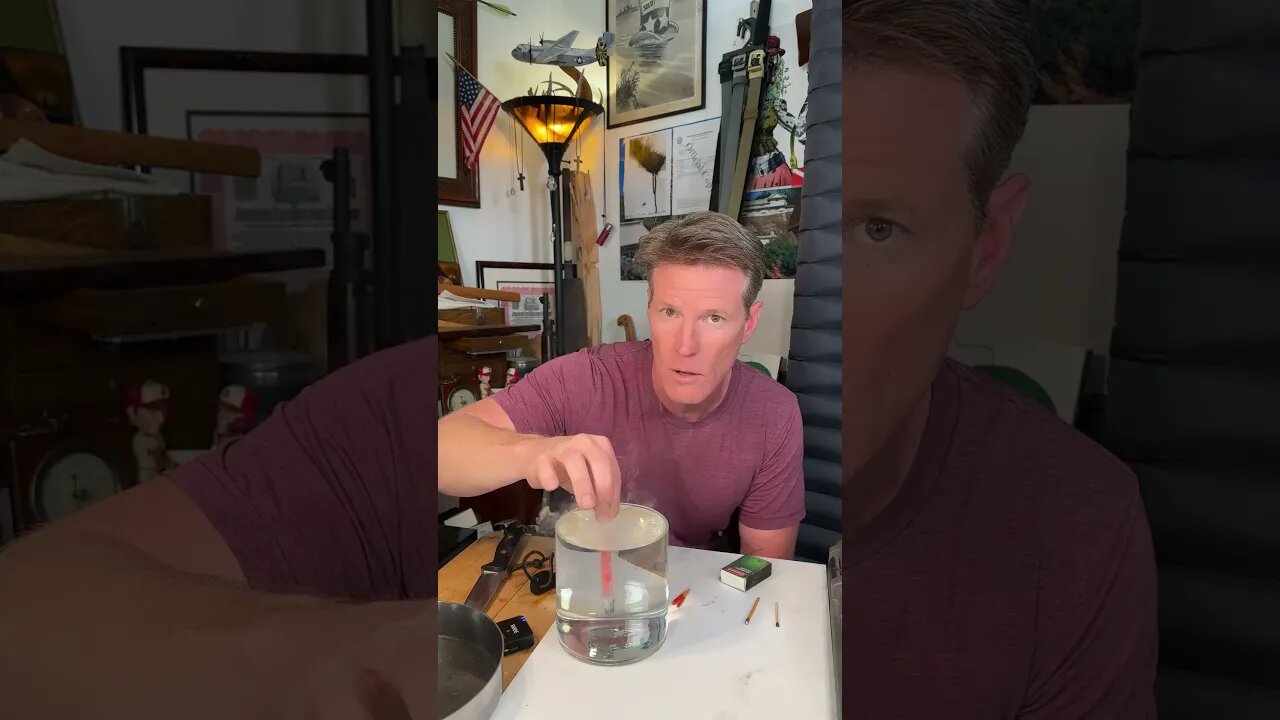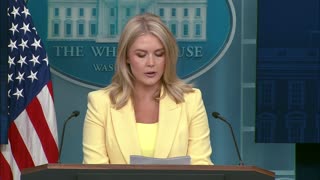Premium Only Content
This video is only available to Rumble Premium subscribers. Subscribe to
enjoy exclusive content and ad-free viewing.

Fire Anytime and Anywhere
1 year ago
15
Potassium chlorate (KClO3) itself doesn't create oxygen, but it contains oxygen atoms that can release oxygen gas when heated or decomposed.
When potassium chlorate is heated to a certain temperature, it decomposes into potassium chloride (KCl) and oxygen gas (O2):
2KClO3 → 2KCl + 3O2
The released oxygen gas is what supports the combustion of the match head and allows it to burn even in the presence of water. The oxygen from the decomposed potassium chlorate combines with other combustible materials in the match head to sustain the flame.
Loading comments...
-
 0:45
0:45
Doggorunning
1 year agoHow to Handle this Gun like a Man
173 -
 LIVE
LIVE
Wendy Bell Radio
6 hours agoThe Big Lie
10,054 watching -
 LIVE
LIVE
Discover Crypto
1 hour agoEMERGENCY BITCOIN ALERT! Bond Market Crisis Will Fuel MASSIVE Pump!
215 watching -
 LIVE
LIVE
Major League Fishing
4 days agoLIVE! - Bass Pro Tour: Heavy Hitters - Day 3
297 watching -
 1:08:03
1:08:03
Dear America
3 hours agoJOE BIDEN HAS CANCER!! When did they know and how long have been hiding it…
158K53 -
 LIVE
LIVE
Badlands Media
4 hours agoBadlands Daily: May 19, 2025
5,223 watching -
 48:11
48:11
Randi Hipper
1 hour agoBITCOIN ALL TIME HIGH COMING!! PRICE ACTION EXPLAINED
4.41K1 -
 49:58
49:58
The White House
2 hours agoPress Secretary Karoline Leavitt Briefs Members of the Media, May 19, 2025
30.8K13 -
 1:03:35
1:03:35
BaldBrad
2 hours agoDid Biden Hide His Cancer? Shocking Truth Behind the Diagnosis!
11.8K9 -
![🔴[LIVE TRADING] Buy or Sell??? Markets Fall on US Downgrade || The MK Show](https://1a-1791.com/video/fww1/8b/s8/1/r/Y/z/L/rYzLy.0kob-small-The-MK-Show-May-19th.jpg) LIVE
LIVE
Matt Kohrs
12 hours ago🔴[LIVE TRADING] Buy or Sell??? Markets Fall on US Downgrade || The MK Show
994 watching